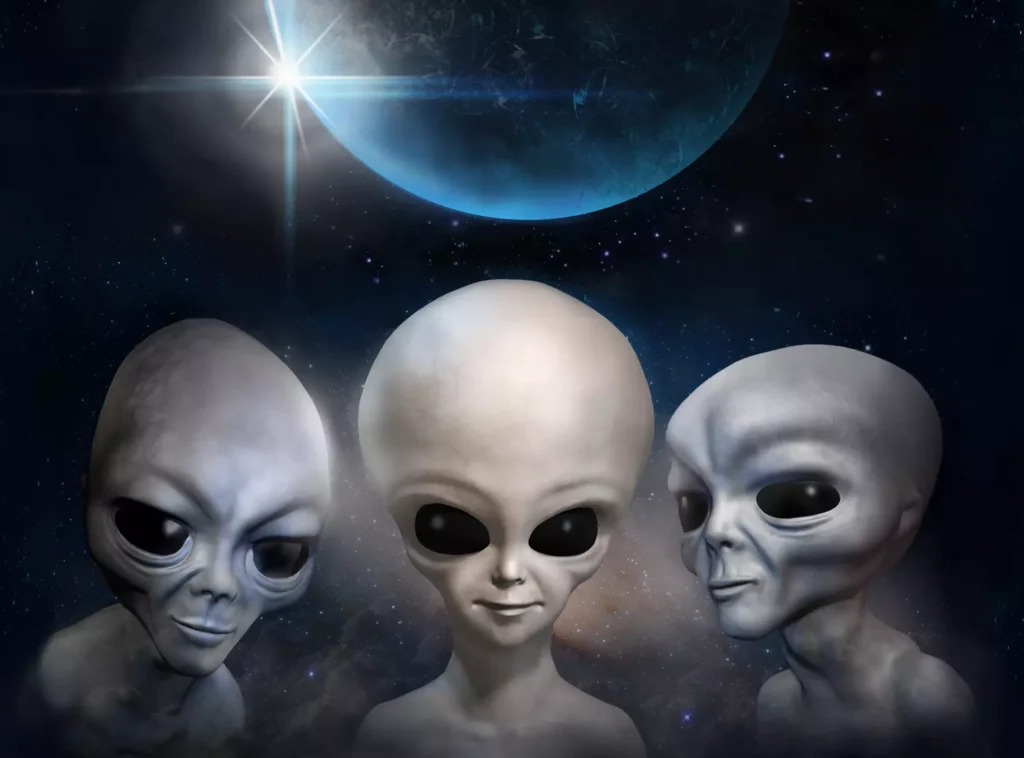For centuries, people have been captivated by the question about Alien Life Planet. The prospect of finding an alien life planet—a planet that supports extraterrestrial life—is no longer just a fantasy thanks to scientific and space technology advancements. Many theories have been proposed by researchers and thinkers to explain the possibility of alien life, ranging from potentially habitable exoplanets to theories that life did not originate on Earth.
The top three theories regarding the alien life planet will be discussed in this article, along with what makes each one so interesting and how it advances the ongoing hunt for extraterrestrial life.
Theory 1: The Goldilocks Zone and Habitable Planets
At Future Tech Blogs you’ll learn the “Goldilocks Zone,” sometimes referred to as the habitable zone, is the subject of one of the most empirically supported theories. This is the area surrounding a star where the “just right” conditions exist for liquid water to exist, which is necessary for life as we know it.
What Is the Goldilocks Zone?
The Goldilocks Zone is neither too hot nor too cold; it’s the ideal distance from a star that a planet has to be to have temperatures good for supporting life. Earth is the most familiar example, but numerous exoplanets—exoplanets outside our solar system—also fall in this zone.
Alien Life Planet Candidates
NASA’s Kepler mission and other space telescopes have detected thousands of exoplanets, a number of which are contained in their star’s habitable zone. Take for instance Kepler-452b and Proxima Centauri b that are strong contenders for being an extraterrestrial life planet because they share a similar size, rocky composition, and possibility of water.
Why This Theory Matters
This theory is so popular among astronomers because it depends on observable, testable conditions. If life on Earth in the habitable zone is possible, then comparable alien life planets could also harbor life under identical conditions.

Theory 2: Panspermia – Life Came from Elsewhere
Panspermia is a hypothesis that counters the belief that life began on Earth. Instead, it holds that life—or at least life’s building blocks—arrived from an extraterrestrial life planet and traveled to Earth in meteorites, comets, or cosmic dust.
How It Works
The resilience of microbial life is extraordinary. According to studies, certain bacteria can withstand high radiation levels, extreme temperatures, and the vacuum of space. According to the theory, microorganisms might be able to travel through space, survive, and eventually come to rest on a planet that is hospitable, like Earth.
Evidence and Implications
Organic molecules, which are regarded as life’s precursors, have been found in space and even in meteorites that have crashed on our planet. In the event that panspermia holds, then it would imply that life is not exclusive to our planet and could be ubiquitous throughout the cosmos. All planets with alien life could have exchanged or seeded life in some form or another.
What This Tells Us About Extraterrestrial Life
The universe might be teeming with life forms if life is able to hop from one planet to another. This broadens the scope of our search for alien life planets beyond only planets that resemble Earth, making even unlikely locations deserving of further research.
Theory 3: The Simulation Hypothesis
Though more theoretical than scientific, the simulation hypothesis has grown increasingly popular over recent years. This hypothesis holds that our universe and any other planet with life elsewhere in space might be an advanced simulation of a more developed civilization.
Understanding the Simulation Theory
Imagine it as a hyper-realistic video game or The Matrix. Elon Musk and other proponents contend that if technology develops further, intelligent entities will inevitably produce lifelike simulations. We might not even be aware that we are inside one of them.
What This Means for Alien Life
If we’re simulated, then so are any planets hosting alien life we find. That would mean that they’re more like programmed objects than physical existences. It also suggests the possibility that evidence of alien life might be consciously concealed or encoded within the simulation in ways that we don’t yet comprehend.
Should We Still Search?
The search is valuable even if it is a simulation. Human curiosity and the need to comprehend our place in the universe, whether it be real or virtual, are reflected in the search for an alien life planet.
Conclusion: Which Theory is Closest to the Truth?
Each of these theories, habitable zones, panspermia, and simulations—provides a different interpretation of the alien life planet enigma. Although we have not discovered solid evidence as yet, our growing understanding of the cosmos renders the existence of extraterrestrial life more and more probable.
With new missions, telescopes, and technologies continually being developed, the day we discover the first alien life planet may not be too far away. Until then, the most we can do is remain curious, continue to explore, and be open to all possibilities. For more updates visit our FACEBOOK PAGE.



